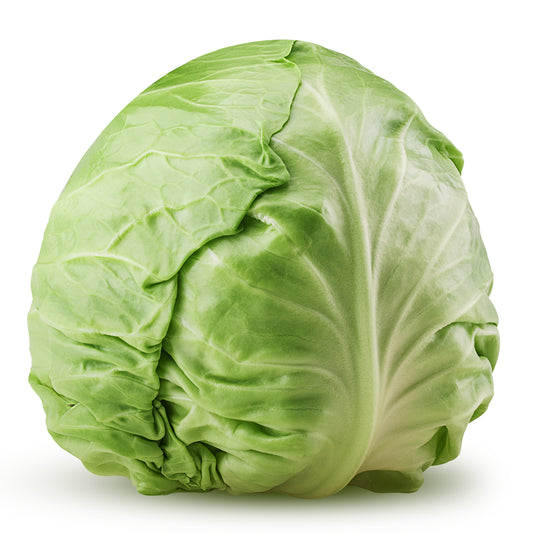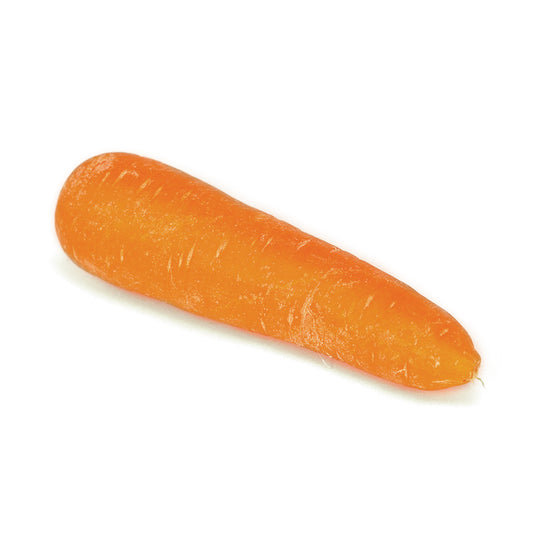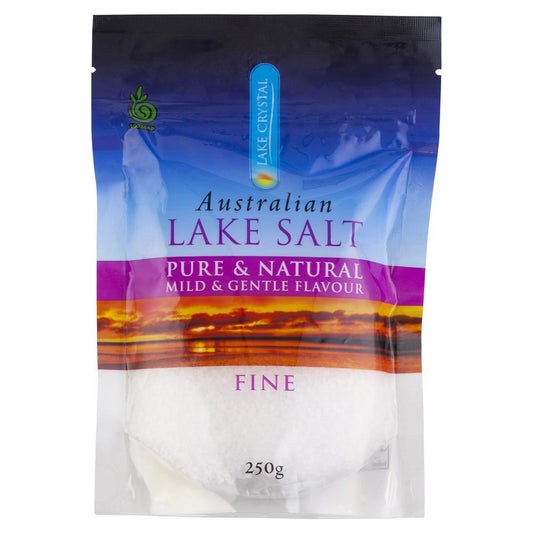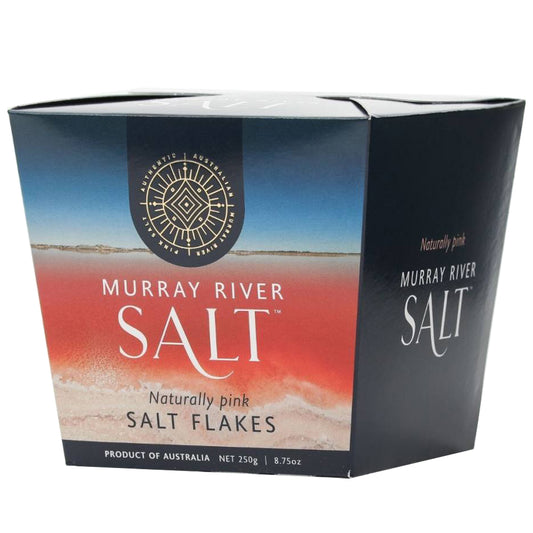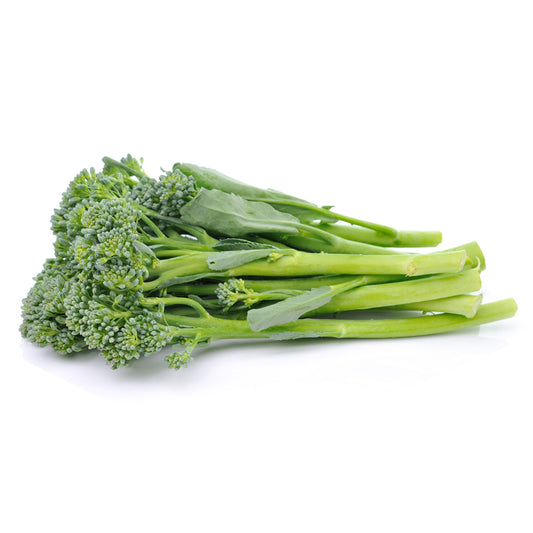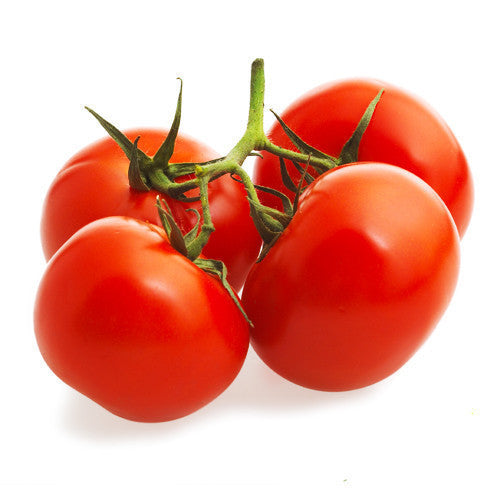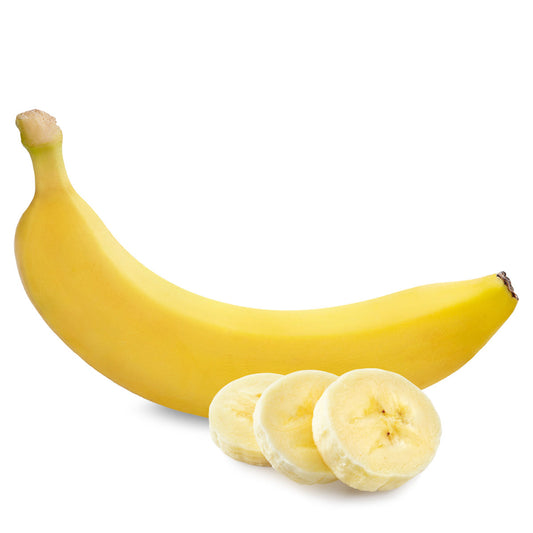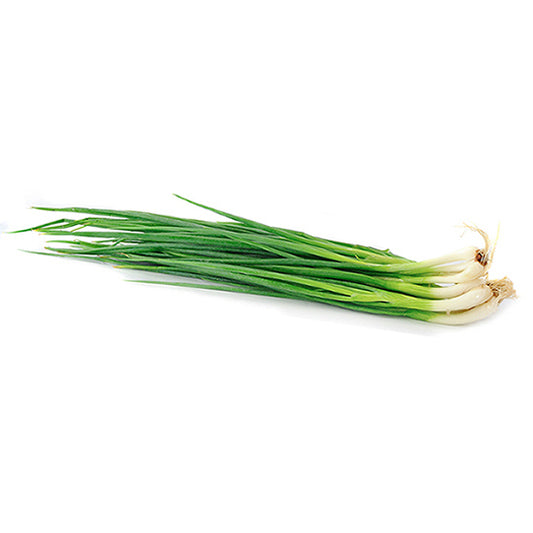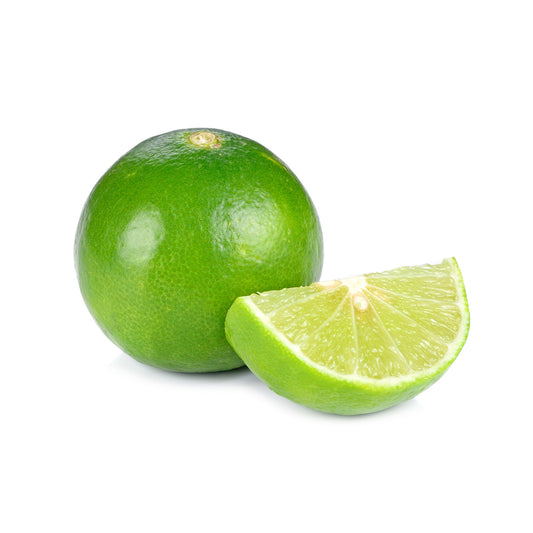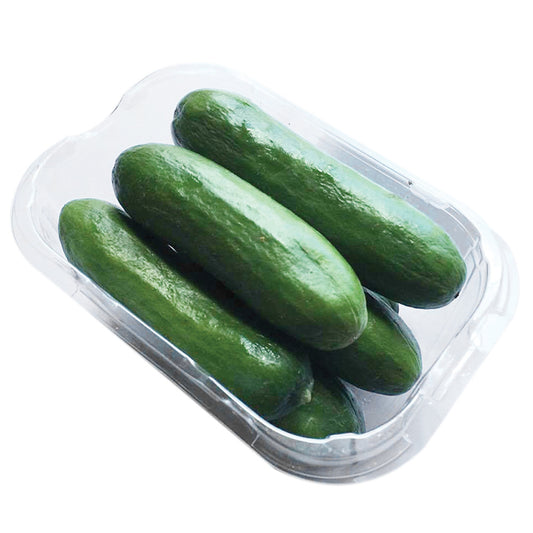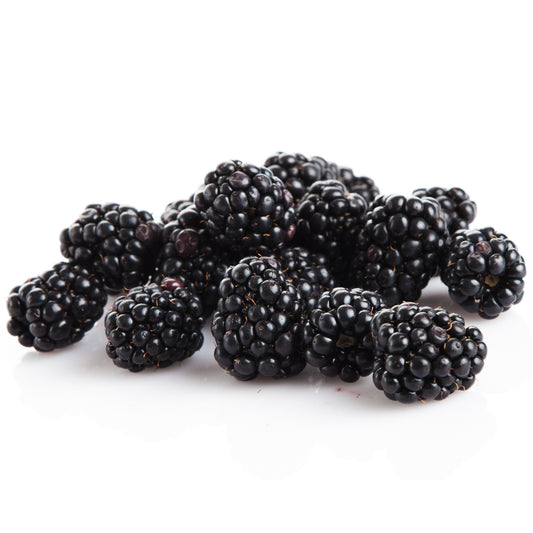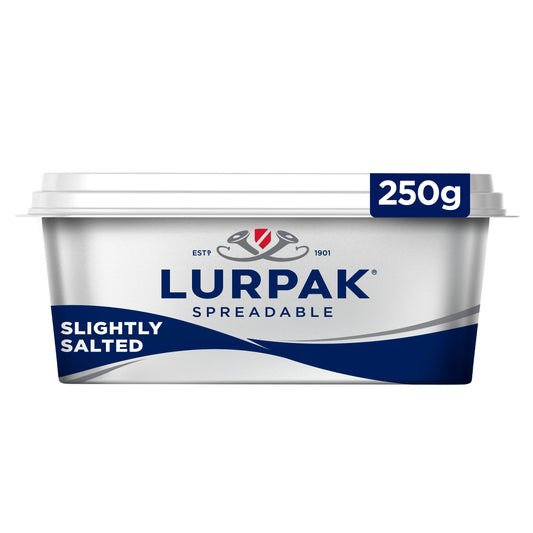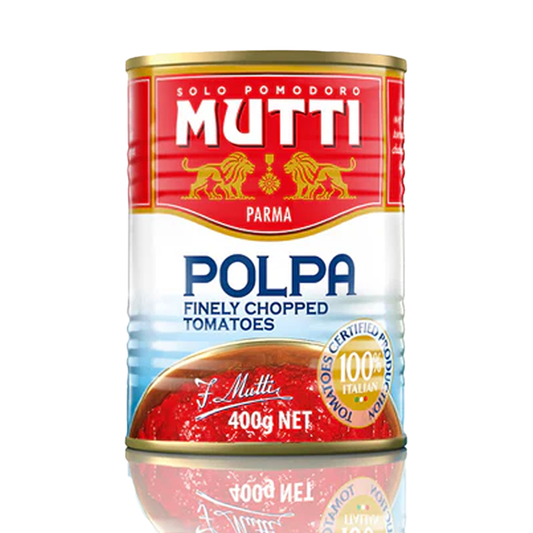Homemade Sauerkraut












Before making our sauerkraut, read some brief background info here.
INGREDIENTS
- 1 whole white cabbage
- 2 carrots
- 50 g salt
METHOD
- Clean a large work surface on a kitchen bench.
- Rinse and dry the cabbage then peel off the first few leaves, set aside a couple. Cut the whole cabbage into quarters, or even into smaller pieces so that it’s comfortable to grip it. Shred the cabbage using a mandolin or a sharp knife. I recommend shredding rather than grating the cabbage as the shredded cabbage keeps a crunchy structure. Once you get to the stem, slice very finely with a knife. Place into a large bowl.
- Grate the carrot coarsely and add it to the bowl of sauerkraut. Add the salt and mix through well.
- Transfer the entire mixture onto a clean kitchen bench or surface. Begin to crush and massage the cabbage and salt mix, crush it together to release the first juices. It will begin to decrease in size. Do this for approximately 10 minutes. Do not discard of any of the juices!
- Place the cabbage mix along with the juices into a large bowl. Then push the mixture down with your hands, press it heavily so that the juices rise and cover the top. Top the edges of the sauerkraut in the bowl with the extra few leaves (tear them into smaller pieces – see image for reference) and then place a plate over the top. Place a heavy element on top to weigh the plate and cabbage mix down. You should see some juices coming out in the edges. Use a glass jar filled with water as a heavy element. This will ensure the cabbage is submerged under the liquid. Cover with a light kitchen cloth and tie on the side, ensuring that nothing can enter. Set aside to ferment for 3 days.
- 3 days later, remove the plate, the weight and the cloth and mix through well using clean hands or 2 wooden spoons. Let the sauerkraut breathe openly in the bowl for 1 hour. Cover it back and repeat the whole process of pressing down the cabbage, weigh it with a plate, a jar filled with water and a cloth tied around the bowl. Let it stand for another 1-2 days (depends if it's summer or winter), taste it to make sure there is no bitterness.
- After approximately a total of 4 or 5 days, transfer the sauerkraut into sterilised jars. Push the sauerkraut down and cover with a whole cabbage leaf from the fermentation process above. Make sure to also mix the sauerkraut through the liquid and use a spoon to add this liquid to the jars, do not discard it as it has unpararelled health benefits. If you do have a lot of the sauerkraut juice, just place it into a separate jar and use it in salad dressings.
- Seal the jars with a lid and place into the fridge. Store in the fridge and eat as you like, the sauerkraut will continue fermenting in the fridge however at a much slower rate. The more time passes the more aged the sauerkraut becomes and the texture and flavours change. Eat as you like through the different stages!
Prep time: 30 minutes
Makes: 4 large jars
Ready after 4-5 days (depending on season)
Recipe & photography by Anastasia Zolotarev.





